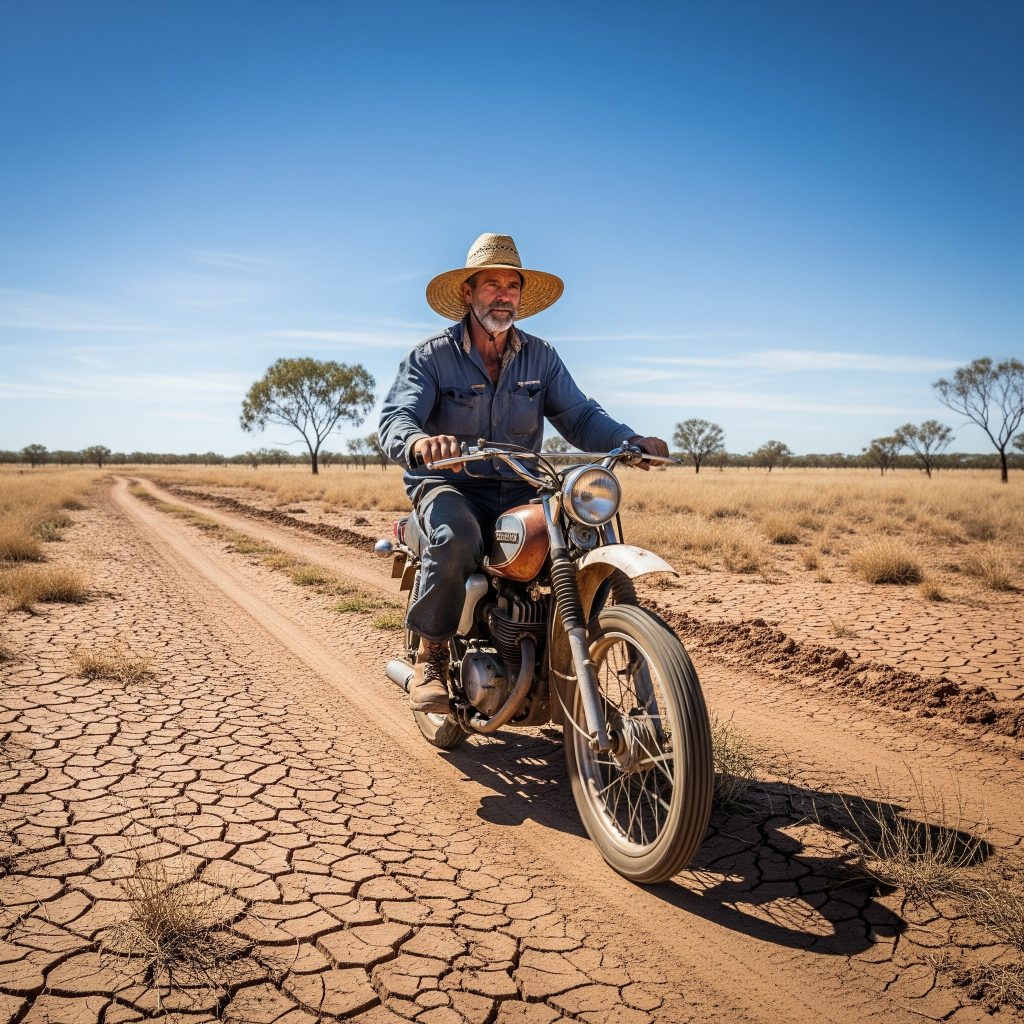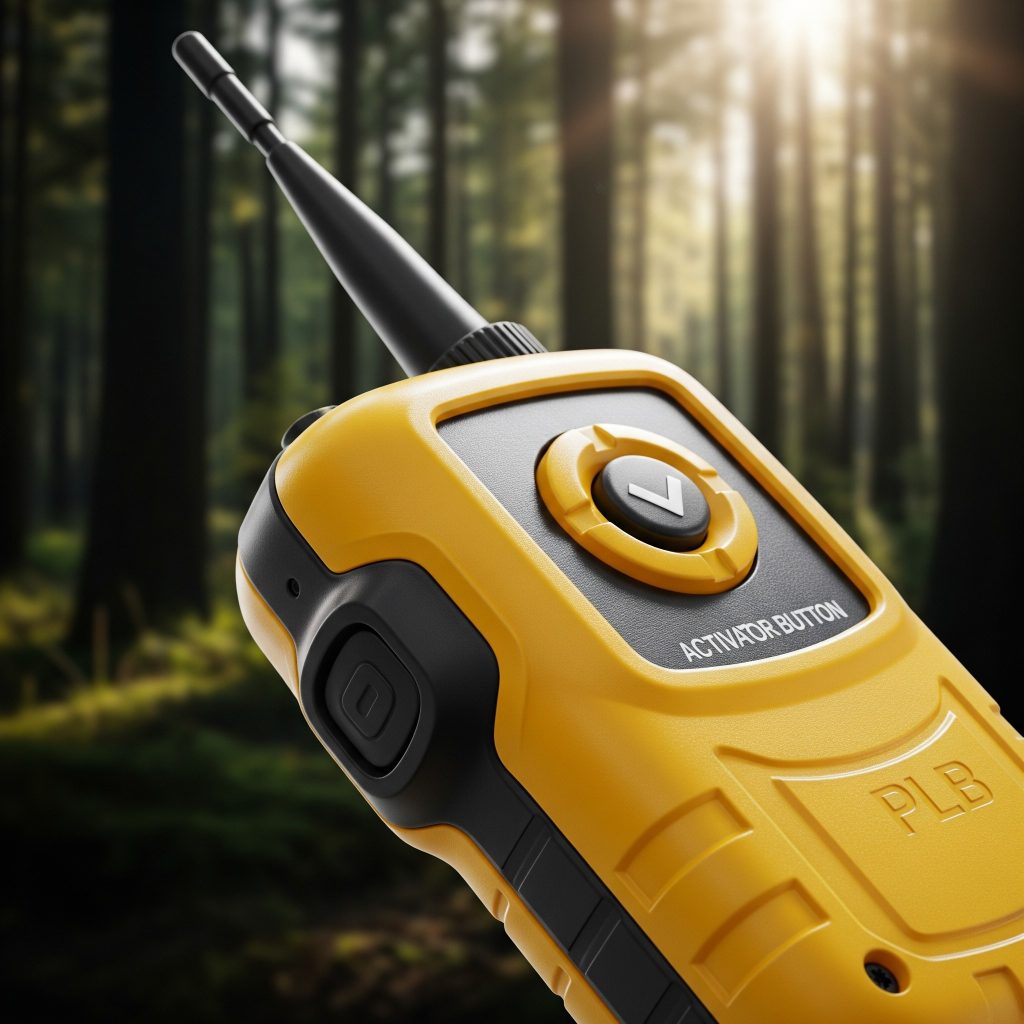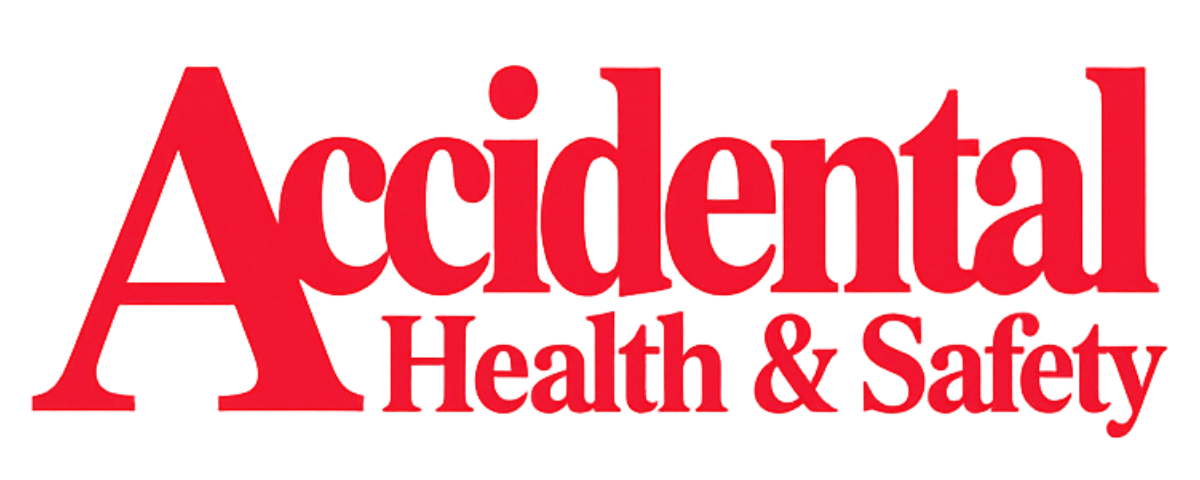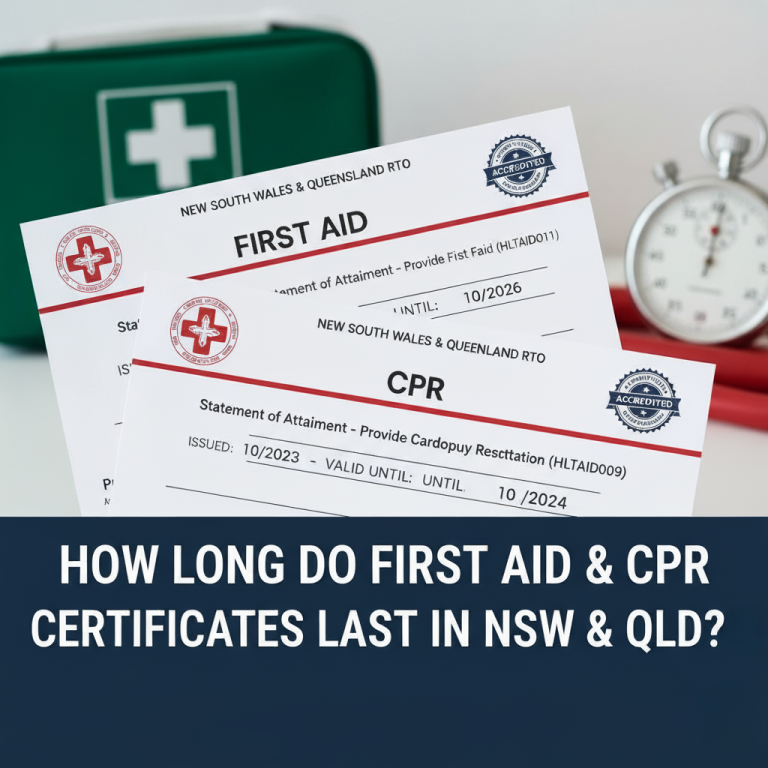Training and Assessment Delivered on Behalf of Allens Training Pty Ltd RTO 90909
Why Remote First Aid?
What you need to know about the Remote First Aid Course, in Toowoomba, Dalby and Southern Queensland
As someone providing first aid training in the Toowoomba region, I often encounter individuals and businesses who have completed a standard workplace first aid course, usually HLTAID011 Provide First Aid, but they are looking for something more. Sometimes it because they often work alone, sometime they are in a high risk environment. But most often it’s because they work in a remote or isolated setting. Living and working in the diverse environments surrounding Toowoomba, you may already know firsthand that the potential for extended emergency response times means the skills learned in a standard course might not be adequate for every situation. So Why Remote First Aid?
What’s the difference?

Understanding the differences between remote and standard first aid is important, as it’s essential for ensuring genuine preparedness for the risks of your work environment.
Key Differences with Remote First Aid
In my experience, the key difference between standard and remote first aid is planning and management. Standard first aid primarily concentrates on delivering immediate initial care for common injuries and illnesses that one might encounter in a typical, urban workplace setting. The underlying assumption is that professional medical help will be on the scene relatively quickly, often within minutes. This training equips you to assess a situation, address immediate threats to life, and stabilize a casualty until paramedics or other medical professionals arrive.
Remote first aid training, HLTAID013 Provide First Aid in Remote or Isolated Sites, has a much broader scope. It encompasses the management of a wider array of emergencies, including those unique to remote environments. Crucially, it prepares you to provide care over extended periods, potentially hours or even days, often with limited resources. In these situations, the understanding is that professional medical assistance could be significantly delayed due to distance, terrain, or communication challenges. This difference in the anticipated time until professional help arrives is the single biggest factor shaping the content and skills taught in each type of course.
While standard courses certainly teach essential stabilization techniques for a short duration – how to control bleeding, manage airways, and provide initial support – remote first aid delves much deeper. I equip my students with in-depth training on managing a casualty for hours, or even days, if necessary. This includes advanced wound care techniques beyond basic bandaging and strategies for maintaining the casualty’s body temperature in fluctuating and potentially extreme weather conditions. This focus on extended care is a critical distinction, particularly for anyone in the Toowoomba region who works, lives, or spends their leisure time in areas where ambulance response times can be considerably longer than in the more densely populated urban centers.
Another key difference is the comprehensive training on environmental hazards specifically relevant to the Toowoomba region and its diverse climate. Remote first aid goes beyond simply mentioning heatstroke or snake bites. Students learn in-depth how to recognize the early signs, implementing effective treatment protocols, and understanding preventative measures for conditions like heatstroke during our scorching Queensland summers and hypothermia during the cooler winter months or at higher elevations.
A significant portion of the training is dedicated to managing injuries resulting from encounters with local fauna, including effective first aid for bites and stings from venomous snakes, spiders, and insects – a very real concern in this region. While standard courses might briefly touch upon these environmental factors, remote first aid provides a much more thorough understanding of the specific risks we face here and the practical skills needed to deal with them effectively. For instance, I make sure everyone understands the pressure immobilization technique for snake bites, something that might only be briefly covered, in a standard course.
Communication and evacuation procedures also represent a significant divergence between the two types of training, something I cover in detail. Standard first aid generally assumes that calling emergency services is straightforward. However, in many areas surrounding Toowoomba, mobile phone reception can be patchy or non-existent.

Our remote first aid course includes dedicated modules on utilizing various communication methods that might be necessary in these situations, such as the proper use of satellite phones, UHF radios, and even understanding how to use personal locator beacons (PLBs) to signal for help when other means fail. Moreover, it covers the practical skills and crucial considerations for safely evacuating an injured person from a remote location. This includes techniques for moving a casualty over uneven terrain, improvising stretchers, and understanding the logistical considerations involved in coordinating a
more complex rescue – aspects rarely, if ever, addressed in standard first aid scenarios that typically presume easy access for emergency vehicles.
Furthermore, in my remote first aid teaching, I place a strong emphasis on resourcefulness and improvisation. Participants learn how to creatively utilize whatever materials are available and adapt to situations where standard medical supplies might be limited or completely absent. This is a crucial skill when you can’t simply reach for a well-stocked first aid kit, unlike the assumptions often made in standard first aid training. Depending on the needs of the students, we can run scenarios where students need to use clothing as bandages, branches as splints, or even water bottles to create cooling devices. This focus on adaptability and problem-solving in resource-scarce environments is a hallmark of effective remote first aid.
Finally, I always make sure my students understand that the target audience for each type of training is different. Standard first aid is generally designed for individuals working in offices, retail environments, or other readily accessible urban settings where help is usually just a phone call away. In contrast, remote first aid is specifically tailored for those who work in more isolated or challenging environments. This includes farmers, agricultural workers who are often operating machinery or working with livestock far from immediate help, outdoor enthusiasts who venture into the natural beauty surrounding Toowoomba for hiking, camping, or other adventures, and anyone whose work takes them to more remote locations where medical assistance might be significantly delayed. It’s about equipping those who face a higher risk of prolonged emergencies with the specialized skills they need.
In conclusion
While I recognize the value of standard first aid in providing essential initial care in common situations with the expectation of a quick medical response, I firmly believe that remote first aid equips individuals in the Toowoomba region with the specialized knowledge, practical abilities, and crucial mindset to manage a much wider range of emergencies over extended periods, often in challenging environments where medical assistance is delayed and resources are limited. For anyone working or recreating in the more rural or remote areas around Toowoomba, understanding these critical differences and choosing remote first aid training is, in my opinion, a vital step towards ensuring your own safety and the safety of those around you. To help everyone in the Toowoomba region determine which course best suits their individual needs and circumstances, I always encourage you to reach out or visit our website for more information and guidance.
Summary
Why Remote First Aid Training is Essential
Remote first aid training (HLTAID013) is crucial for anyone who works or lives in isolated areas where medical assistance is not immediately available. Unlike standard first aid, this specialized course prepares individuals to manage injuries and medical emergencies for extended periods.
Key reasons why remote first aid is important:
- Prolonged Patient Care: It teaches you how to provide care for hours or even days until professional help arrives.
- Environmental Dangers: The training covers specific risks relevant to remote locations, such as snake bites, heatstroke, and severe weather conditions.
- Resourcefulness: It focuses on improvisation and using limited resources effectively when standard medical supplies are unavailable.
- Evacuation Planning: It includes vital skills for communication and coordinating an evacuation in areas with poor reception, using tools like satellite phones and personal locator beacons.
This training is vital for ensuring safety and preparedness in any remote setting.


